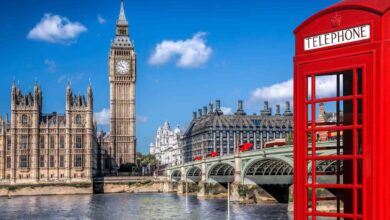Top 8 Carmakers Fined For Violating CAFE Norms!
Honda,Mahindra and Kia amongst the eight car companies that are penalised for excess fuel emission; violating CAFE norms.
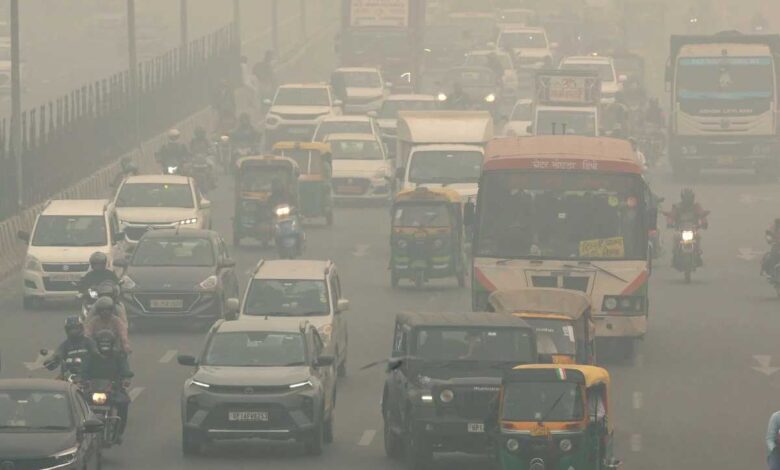
It is a big blow for India’s automotive industry, as eight top carmakers are to be penalised by around Rs 7,300 crore for violating Corporate Average Fuel Efficiency (CAFE) norms in the last financial year, 2022-23. The automobile companies concerned are Hyundai Motor, Mahindra, Kia Motors, Honda Cars, Skoda, Nissan, Renault, and Force Motors. All of these companies have varying amounts of financial penalization to incur on the excess level of emission by their fleet in the last financial year.
Hyundai and Kia, two South Korean car makers, will be charged with the majority share of the penalty. Hyundai might be liable to attract the biggest penalty of Rs 2,837 crore, which is close to its 60% annual profit in fiscal 2023. Kia Motors is expected to attract an amount of Rs 1,346 crore, while Mahindra would be required to pay a penalty of almost Rs 1,788 crore. The remaining penalties would be split up among Honda, Skoda, Nissan, Renault, and Force Motors.
Understanding The CAFE Norms And Potential Penalties
These two distinct slabs carry penalties, with base fines set at Rs 10 lakh for each manufacturer and surcharges being Rs 50,000 or Rs 25,000 per vehicle manufactured during a financial year. These penalties are a consequence of the stringent norms of CAFE that were implemented in 2022 and come into effect from January 2023. The regulations state that automobile fleets will have to ensure that fuel intake is no more than 4.78 litres per 100 kilometres and carbon emissions are not more than 113 grams per kilometre.
CAFE norms were introduced in India in 2017 with regard to energy efficiency in the Indian automobile industry, and the total amount of greenhouse gases was reduced. According to these norms, the manufacturers of auto-vehicle products are required to formulate their products in a manner where these vehicles can use better fuel efficiency in order to prevent the increasing market of automobiles from damaging the environment. At first, these norms were not up to the mark, but updates of 2022 confirmed India’s efforts toward achieving the global climate aims.
Yet the scenario is still fluid as nothing has been done yet from the official end. According to the reports of several media houses, Korean auto makers have responded that this was more than a month back and nothing has been charged as a fine, said Mahindra while submitting its regulatory filing to the effect. The stakeholders are discussing this, and the Centre has not yet issued the CAFE norms report for the 2022-23 financial year.
Car Manufacturers’ Reaction To Potential Fines
After reports about penalties, the car manufacturers that are involved have been very cautious and strategic. The South Korean automobile firms Hyundai and Kia revealed that the circulating ones already dated more than a month ago, and there was no official move by the government to penalize them with such fines. In effect, this means that they have successfully challenged the narrative with no penalty imposed or executed on them.
Mahindra did the opposite thing. They filed a regulatory statement with the stock exchange stating that, according to their knowledge, no penalty has been levied or even under consideration. It appears the company is waiting for more definite information from government agencies.
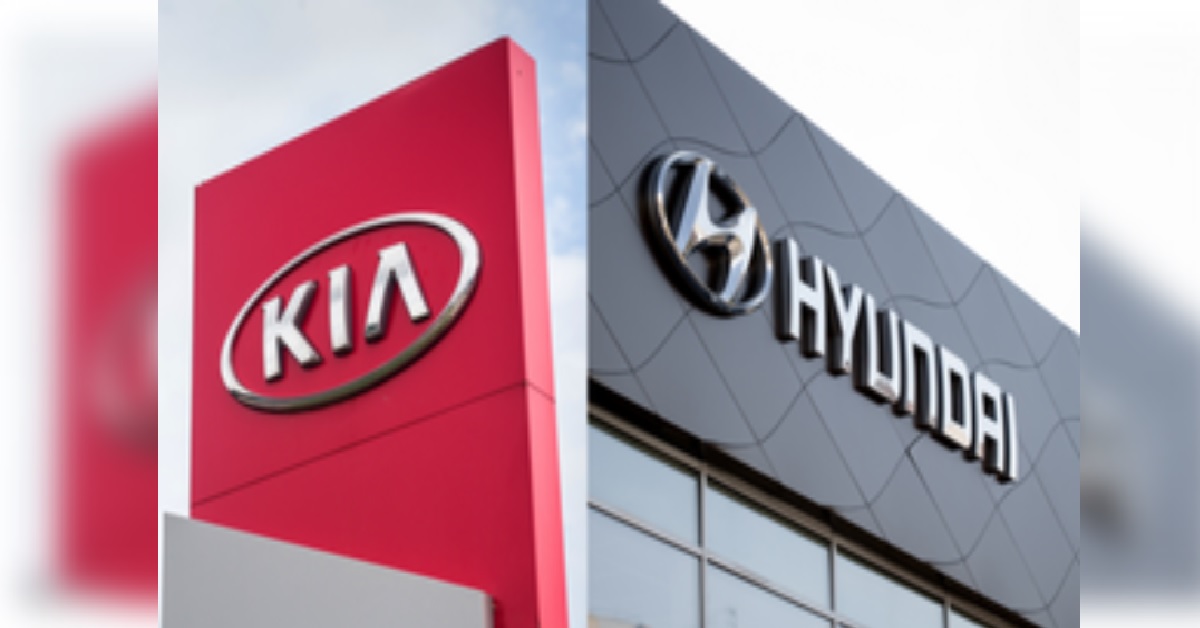 None of the eight firms, namely Hyundai, Mahindra, Kia, Honda, Skoda, Nissan, Renault, and Force Motors, have published complete official statements clarifying specific allegations of CAFE norm breaches. Their unanimous silence hints at discussions with relevant government stakeholders and perhaps even an amicable settlement towards addressing the emission compliance problem.
None of the eight firms, namely Hyundai, Mahindra, Kia, Honda, Skoda, Nissan, Renault, and Force Motors, have published complete official statements clarifying specific allegations of CAFE norm breaches. Their unanimous silence hints at discussions with relevant government stakeholders and perhaps even an amicable settlement towards addressing the emission compliance problem.
Carmakers have also raised objections to the proposed penalty structure on the grounds that retrospectively applying new CAFE norms would be unfair for vehicles manufactured throughout the entire financial year. They contend that though new norms came into effect only in 2022, they had come into operational effect only from January of last year, which goes to the intricacy of the computation of the assessment. Moreover, automakers claim that achieving compliance requires significant lead time to develop and adapt new technologies.
Market Impact: Blow To Stock Prices
The threats have already begun affecting the stock market, as the stocks of many automobile companies fell heavily. The most affected one was Mahindra & Mahindra, which declined by 3.35% and closed at Rs 2,904. Hyundai Motor India saw a slight fall of 0.39% and closed at Rs 1,900. The market leader, Maruti Suzuki, declined by 0.71% and closed at Rs 10,980, whereas Tata Motors was flat.
 Gloom spread to the two-wheeler manufacturers, with Bajaj Auto at -1.85%, Eicher Motors at -1.39%, and Hero Motocorp at -1.93% at the top of the list of losers. Auto ancillary companies’ stocks, such as Samvardhana Motherson International, Ashok Leyland, TVS Motor Company, and MRF, fell. Analysts believe investor confidence may have been shaken by fears about the financial consequences of the fines and long-term damage to the bottom line of automobile companies.
Gloom spread to the two-wheeler manufacturers, with Bajaj Auto at -1.85%, Eicher Motors at -1.39%, and Hero Motocorp at -1.93% at the top of the list of losers. Auto ancillary companies’ stocks, such as Samvardhana Motherson International, Ashok Leyland, TVS Motor Company, and MRF, fell. Analysts believe investor confidence may have been shaken by fears about the financial consequences of the fines and long-term damage to the bottom line of automobile companies.
Environmental Crisis: Delhi’s Pollution And Vehicular Emissions
The broader context of these fines is the environmental issues of India, more specifically the serious air pollution in the national capital region. According to the Centre for Science and Environment (CSE), the local sources of pollution in Delhi are primarily from vehicular emissions that contribute 51.5% to the pollution in Delhi.
The situation of pollution in Delhi is very alarming. Traffic congestion is an extremely critical factor in exacerbating air quality problems. At peak hours from 5 PM to 9 PM, the average speed of traffic has been brought down to 15 mph, which coincides with NO2 levels 2.3 times more compared to lean traffic hours. The CSE analysis reveals that vehicles in the Capital contributed more to air pollution than stubble burning in neighbouring states during the period from October 12 to November 3.
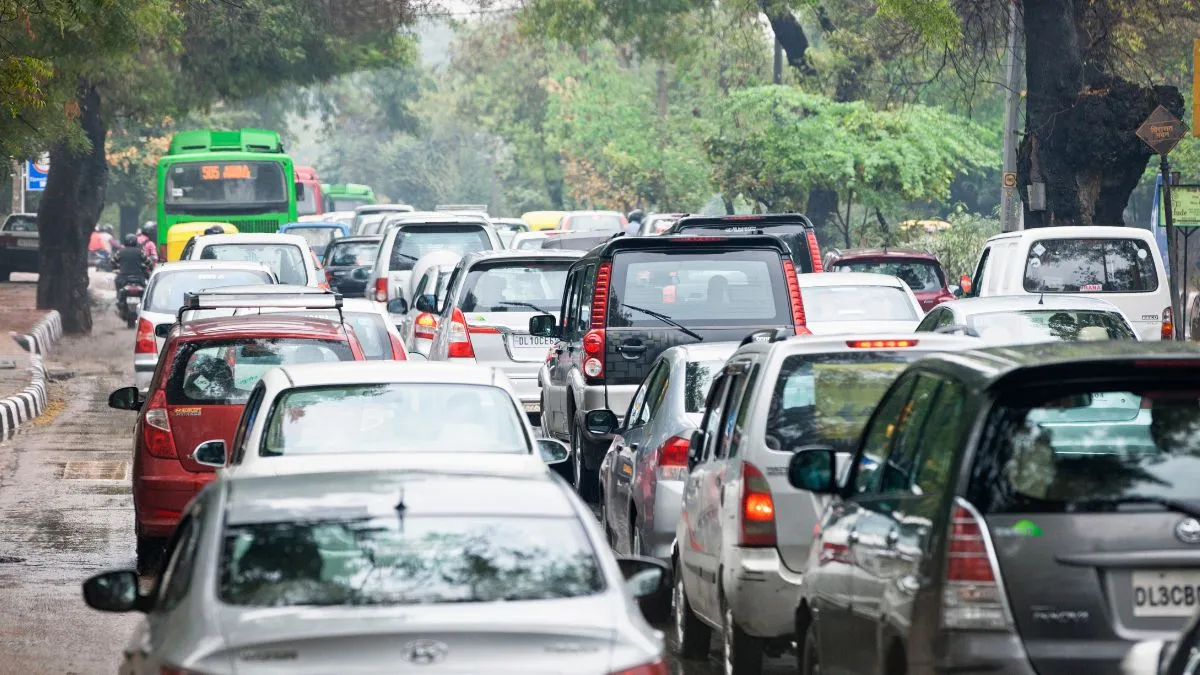 The systemic issues facing this mobility crisis in Delhi are further compounded. According to the CSE, there is a failure to have efficient public transport infrastructure, poor last-mile connectivity, and hidden subsidies encouraging personal vehicle usage. Such a comprehensive strategy would advocate upgrading bus and metro infrastructure and creating incentives for public transport while disincentivizing personal vehicle usage.
The systemic issues facing this mobility crisis in Delhi are further compounded. According to the CSE, there is a failure to have efficient public transport infrastructure, poor last-mile connectivity, and hidden subsidies encouraging personal vehicle usage. Such a comprehensive strategy would advocate upgrading bus and metro infrastructure and creating incentives for public transport while disincentivizing personal vehicle usage.
In addition, neighbouring districts are responsible for the largest share of air pollution in Delhi, accounting for about 34.97% of air quality problems in the city. It has already raised certain doubts about interregional cooperation in dealing with such matters.
Traffic congestion and parking infrastructure are greatly responsible for air pollution affecting the city of Delhi. During peak hours, traffic is usually slowed down significantly, which, in turn, increases the amount of fuel consumed and emissions per vehicle. Further, parking infrastructure is poorly designed and consumes over 10% of the land in Delhi. A staggering number of over 615 football fields are used to accommodate the rising number of vehicles registered annually; this clearly points out how unsustainable the current practice is.
The high demand for parking and the strain this places on infrastructure also presents a bigger issue: unchecked private vehicle growth. Experts say that, to mitigate challenges, the city needs carpooling initiatives, high-occupancy vehicle lanes, and better enforcement of traffic rules.
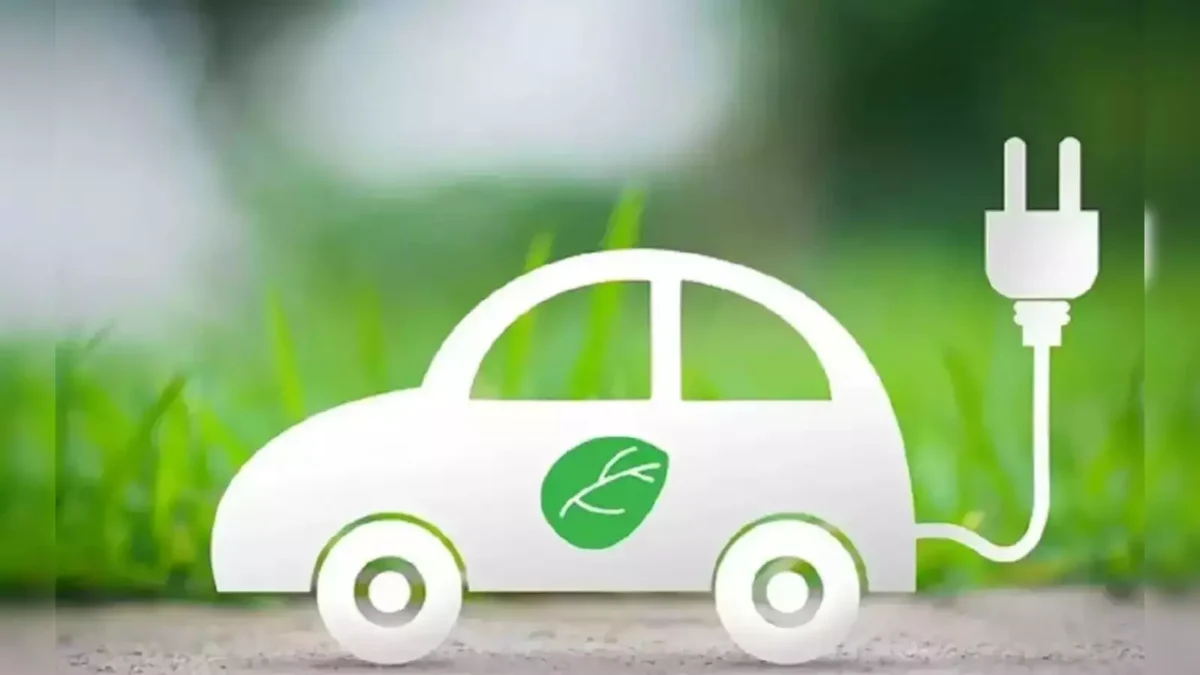 The crisis of pollution needs to be addressed by a multi-dimensional approach. India has brought in EV subsidies and expanded its EV charging network, but their scale must be grossly enlarged to match the aggressive targets set by developed countries. Nations like Norway and Germany have demonstrated that strong government incentives, coupled with public awareness campaigns, can drive a faster adoption of cleaner vehicles.
The crisis of pollution needs to be addressed by a multi-dimensional approach. India has brought in EV subsidies and expanded its EV charging network, but their scale must be grossly enlarged to match the aggressive targets set by developed countries. Nations like Norway and Germany have demonstrated that strong government incentives, coupled with public awareness campaigns, can drive a faster adoption of cleaner vehicles.
Urban development in Delhi should be sustainability-based. Green public transportation and car-free zones would likely have a significant impact in terms of reducing vehicular activity emissions. Intelligent signal timing and dedicated high-occupancy vehicle lanes are examples of traffic management strategies that would go a long way in decongesting and cleaning the air.
The Way Forward
The current India automaker-government discussion is presenting a much needed opportunity to rebuild the automotive policies of this country. Stronger adherence to emission norms is very much needed; however, collaboration building between the involved parties is equally important and crucial for practical implementation. The roadmap for aligning industry goals with environmental ones can be created for sustainable economic growth in India.
The resolution of the pollution crisis will require collective action on the part of policymakers, industries, and the public. Finding a balance between punitive and supportive measures will help speed up the transition toward cleaner technologies, giving room for much greener progress.



